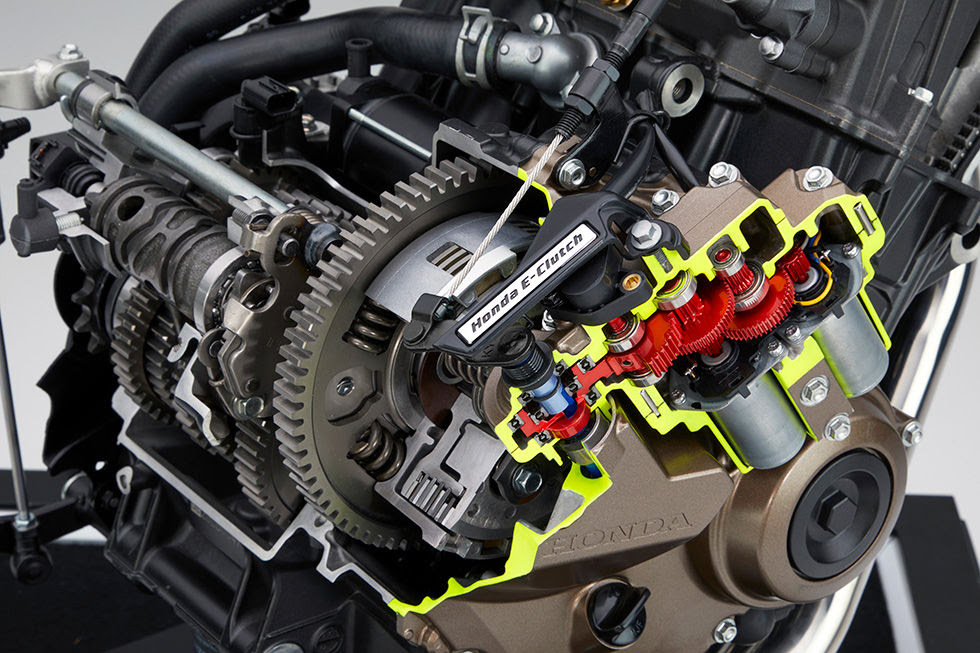When you have accomplished something in life and move on from it to try your hand at another challenge, there is a saying that is applied when approaching said new challenge. It is “like riding a bicycle.” Skills, especially when applied over many years, become second nature and when approaching a new but similar challenge, these skills simply need to be honed and adapted to a pristine environment. This is exactly the challenge faced by the Formula One drivers that make the switch to NASCAR. However, instead of getting back on the bicycle, it is a case of stepping back into the cockpit.
There are some fundamentals that are very much the same when looking at the two motorsports. The objective is to cross the finish line ahead of all the other drivers on the grid when the chequered flag is waving. The parameters and race framework to achieve this, however, is what makes NASCAR so unique and is what a lot, if not all F1 drivers that switch codes will have to get their heads around before taking to the NASCAR cockpit for the first time. While there will always be a need to adhere to the rules and regulations that govern a sport, the difference in the technical side of NASCAR compared to Formula One might be what entices drivers to switch.
The sheer weight of the car is what F1 drivers will notice first when it comes to the handling. NASCAR cars (3300lbs) have a minimum weight that is almost double that of a Formula One car (1759lbs), which automatically makes the handling more labored and would most definitely require a different driving style.
Luckily, though, there are not as many corners on a NASCAR track to negotiate. There are currently two former Formula One drivers, in Jenson Button and Kimi Raikkonen, who are competing in NASCAR, and their progress can be found at this resource, where you can find betting markets for upcoming events. Both are former F1 world champions (Raikkonen 2007, Button 2009) and are clearly not quite ready to hang up their helmets.
Due to the marathon nature of a NASCAR race, age does not necessarily play a telling role in the performance of a driver. If anything, the fitness of a driver during a NASCAR race is tested even more than that in an F1 race. Like in Formula One, there is no set number of laps for every race, with each track offering its unique length and challenge, but the length of a NASCAR race is significantly longer than what F1 drivers face. Instead of the maximum two hours, Button and Raikkonen are instead having their fitness pushed to the three-hour mark, which is another crucial factor that separates the best from the rest.







